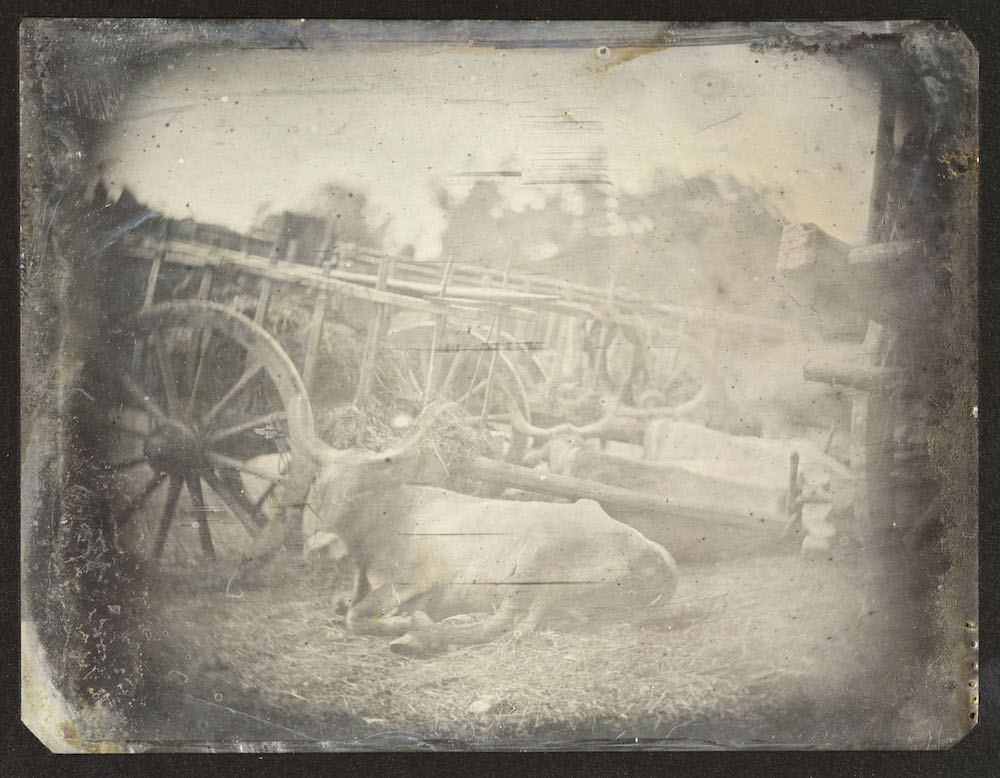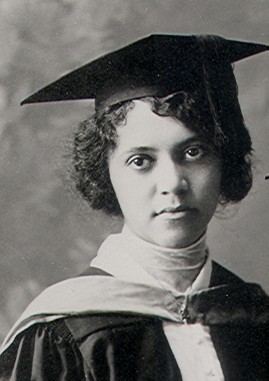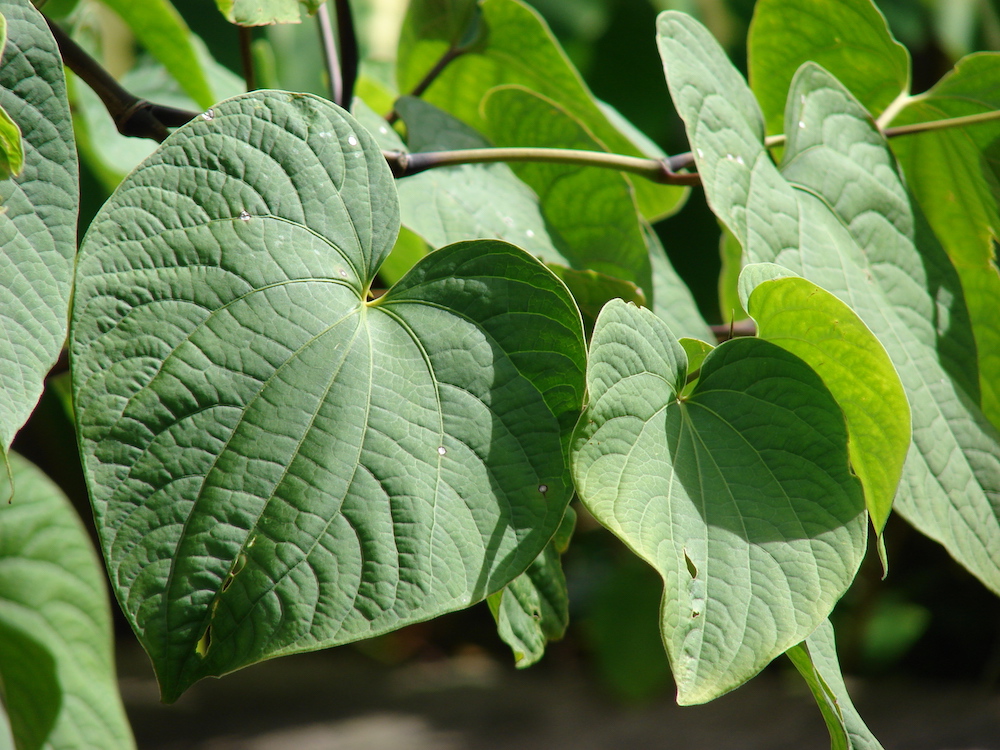
At only 23 years old, American chemist Alice Ball discovered the first effective treatment for Hansen’s disease (also known as leprosy). Aside from helping the people enduring this disease, Ball is also the first African American person and the first woman to graduate from the University of Hawaii.
Picture This: A Life Dedicated to Chemistry
Alice Ball was born in Seattle, Washington, on July 24, 1892, to a family of prominent photographers. Her parents both had experience working with cameras, and her grandfather, James P. Ball, was one of the first people in the U.S. to practice daguerreotype photography, a photography technique that involves printing images onto copper plates. Growing up around this complex printing process, which involves chemistry, was Ball’s first exposure to seeing how different chemicals interact with each other.

An example of daguerreotype photography. This daguerreotype is believed to have been taken by French photographer Joseph-Philibert Girault de Prangey in 1842, making it the earliest known photograph of a living animal. This work is in the public domain in the United States because it was published (or registered with the U.S. Copyright Office) before January 1, 1925, via Wikimedia Commons.
Ball was the middle child of four. She had two older brothers and one younger sister. At age 11, her family moved over 2500 miles from Washington to Hawaii in the hopes that the warm climate in Hawaii would alleviate James P. Ball’s arthritis pain. Unfortunately, Ball’s grandfather died within a year of the move, and the Ball family returned to Washington.

Photograph of Alice Ball. Image in the public domain in the United States, via Wikimedia Commons.
Back in Seattle, Ball prospered in her high school science courses, graduating in 1910. She furthered her education at the University of Washington, where she earned two bachelor’s degrees: one in pharmaceutical chemistry as well as one in pharmacy. After finishing her undergraduate studies, Ball went back to her home away from home, Hawaii, to attend the College of Hawaii (now the University of Hawaii). There, she pursued a master’s in chemistry.
Discovering the Ball Method
In 1915, Alice Ball graduated from the University of Hawaii, making her the first African American person and the first woman to graduate from the school. She researched the chemical makeup and active principle of the kava plant for her master’s thesis, and continued to break boundaries when she became the university’s first female chemistry professor at 23 years old.

Kava plant, native to the Pacific Islands. Image by Forest & Kim Starr. Licensed under CC BY 3.0, via Wikimedia Commons.
While Ball was completing her studies, surgeon Harry T. Hollman approached Ball with a research problem. Hollman worked at a hospital in Hawaii that focused on treating patients with leprosy, but he was having trouble finding the ideal treatment method. Leprosy, caused by bacteria called Mycobacterium leprae, can affect the nerves, skin, eyes, and lining of the nose. One side effect of this disease is that it can lead to discolored flaky patches on the affected person’s skin. After learning about Ball and her impressive background in chemistry, Hollman asked her to help him find a better treatment.
Accepting the challenge, Ball researched the makeup of chaulmoogra oil, which was the only known treatment for leprosy then. This oil is found in the seeds of the chaulmoogra: a tree predominantly located in East India and Southeast Asia. Prior to Ball’s research, the oil was applied topically, injected under the skin, or ingested orally — but all of these methods have serious side effects (such as nausea or blistering under the skin).
Within a year, Ball came up with a successful treatment for leprosy using chaulmoogra oil that didn’t have any harmful side effects. For her technique, Ball isolated chaulmoogra oil into fatty acid components that have different molecular weights, which allowed her to turn the oil into a water-soluble form that could be dissolved into the bloodstream. This treatment, the “Ball Method”, became the most effective treatment method for leprosy during the early 20th century. The treatment was so effective, patients were able to be discharged from hospitals and return to their families and friends.
The Lasting Legacy of Alice Ball
Tragically, Alice Ball passed away shortly after her discovery of the Ball Method at age 24. Ball did not publish her leprosy treatment findings before her death, so she initially didn’t receive credit for her work. However, her treatment continued to positively impact people around the world, allowing patients with leprosy to be treated in the comfort of their own homes, and in 1922, Hollman published her findings, crediting Ball.
In 2000, the Governor of Hawaii announced “Alice Ball Day” on February 29, now celebrated every leap year. The University of Hawaii posthumously presented Ball with the Regents’ Medal of Distinction in 2007, which is awarded to individuals who made exceptional contributions within their field or endeavor. More recently, film director Dagmawi Abebe recognized Ball’s work in his short film The Ball Method. “I would like for this film to motivate people to work hard no matter their situation and to always be ambitious in whatever goal they are trying to achieve,” said Abebe.
Let’s all wish Alice Ball a happy birthday!
Further Reading
- Learn more about Alice Ball from these resources:
- Read about other famous scientists who made contributions to the field of medicine on the COMSOL Blog:
- Dorothy Crowfoot Hodgkin used X-ray crystallography to determine the structures of penicillin, vitamin B12, and insulin
- Wilhelm Röntgen discovered X-rays and is known as the father of diagnostic radiology
- Margaret Hutchinson Rousseau designed the first commercial penicillin plant, enabling large-scale production of the drug



Comments (0)